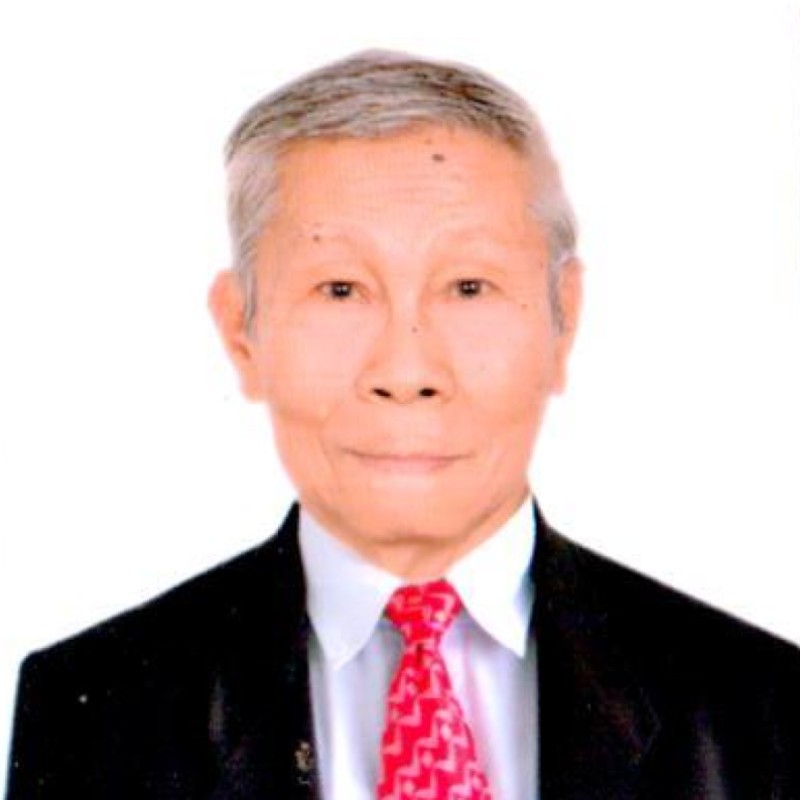GLIMPSES & GAZES
By Severino C. Samonte
First PH Freedom Day parade after 1896 Revolution against Spain
Share
Did you know that although Gen. Emilio F. Aguinaldo proclaimed Philippine Independence from Spain on June 12, 1898, the Filipino people were only able to hold a formal public celebration of their freedom from colonial rule with a civic parade in the present Metropolitan Manila area more than a decade later?
And that the said celebration was not about the Kawit (Cavite) proclamation but more in connection with what was considered then as the start of the Philippine Revolution or "First Cry of Balintawak" on Aug. 26, 1896.
There were several reasons why the Filipinos were unable to hold an open celebration of their newly gained freedom from Spanish colonial rule in 1898.
Among these reasons were the restrictive laws and policies enforced by the succeeding colonial government under the United States. Such laws included the Sedition Act No. 292 passed by the Philippine Commission on Nov. 4, 1901 and the Brigandage Act 581 of Nov. 12, 1902.
According to the book "Balita: The Story of Philippine Journalism (1811-2019)" written by Dr. Jose Victor Z. Torres and published by Vibal Group, Inc. in 2021, "the Sedition Law effectively stopped the means used by the Filipinos for their expressions of independence and nationalism like the theater and performing arts, political parties, and, most particularly, publications."
Earlier, Dr. Soledad Borromeo-Buehler, in her 1998 book "The Cry of Balintawak: A Contrived Controversy" published by the Ateneo De Manila University Press, said it was only after the government repealed the Sedition Law in 1907 that the yearly commemoration of the Cry of Balintawak was held in 1908.
Dr. Buehler, a granddaughter of the Katipunan Gen. Guillermo Masangkay, one of the original and close associates of Gat Andres Bonifacio in the 1892 revolutionary society "Kataas-taasan, Kagalang-galangang Katipunan ng mga Anak ng Bayan (KKK), wrote that through a public subscription, a monument to the "Cry" was built in Balintawak.
The monument was completed and unveiled on Sept. 11, 1911, highlighted by a long public parade covering almost 20 kilometers.
The memorial commemorated the first encounter between "Katipuneros" and Spanish forces on Aug. 26, 1896 in Banlat, Pasong Tamo, then within the limits of Greater Balintawak, Dr. Buehler said in her book.
She quoted the newspaper "El Renacimiento" as reporting that "the streets of Manila were almost deserted as people congregated along the path of a memorable civic parade that stretched from the streets of Azcarraga (now Recto) and Cervantes (Rizal Avenue) in Manila to Novaliches."
"Participating were 20 bands, colorful coaches of various civic organizations, delegations from surrounding towns and provinces in cars, horse-driven carromatas and calesas. The majority, however, went on foot and endured the hot September sun. An estimated 50,000 to 60,000 people, a large crowd at that time, congregated in Balintawak," the newspaper report added.
That was the start of the yearly celebration of the "Cry of Balintawak" every Aug. 26 until the event was formally replaced with the "Cry of Pugad Lawin" and the date was changed to Aug. 23.
The "Cry" of Pugad Lawin or Balintawak was considered as the beginning of the Philippine Revolution against more than 300 years of Spanish occupation in 1896. It was the initial move of the Filipinos to begin the revolution for independence. They did this by tearing up their "cedulas" (residence certificates) and proclaiming the start of the fight for independence.
On May 12, 1962, then President Diosdado P. Macapagal signed Republic Act No. 4166 setting the date of Philippine Independence on June 12 instead of July 4, the date when the United States government granted self-rule to the Filipinos in 1946.
Even today, the Quezon City government, in partnership with the nationwide civic organization Pugad Lawin Philippines, Inc. (PLPI), continues to observe the "Cry of Pugad Lawin" anniversary every Aug. 23.
Comments
About the Columnist

He began his journalistic career by contributing to the Liwayway and Bulaklak magazines in the 1960’s. He was the night editor of the Philippine News Service when Martial Law was declared in September 1972. When the Philippine News Agency was organized in March 1973, he was named national news editor because of his news wire service experience.
He retired as executive news editor in 2003. He also served as executive editor of the Malacanang-based Presidential News Desk from 1993 to 1996 and from 2005 to 2008.
